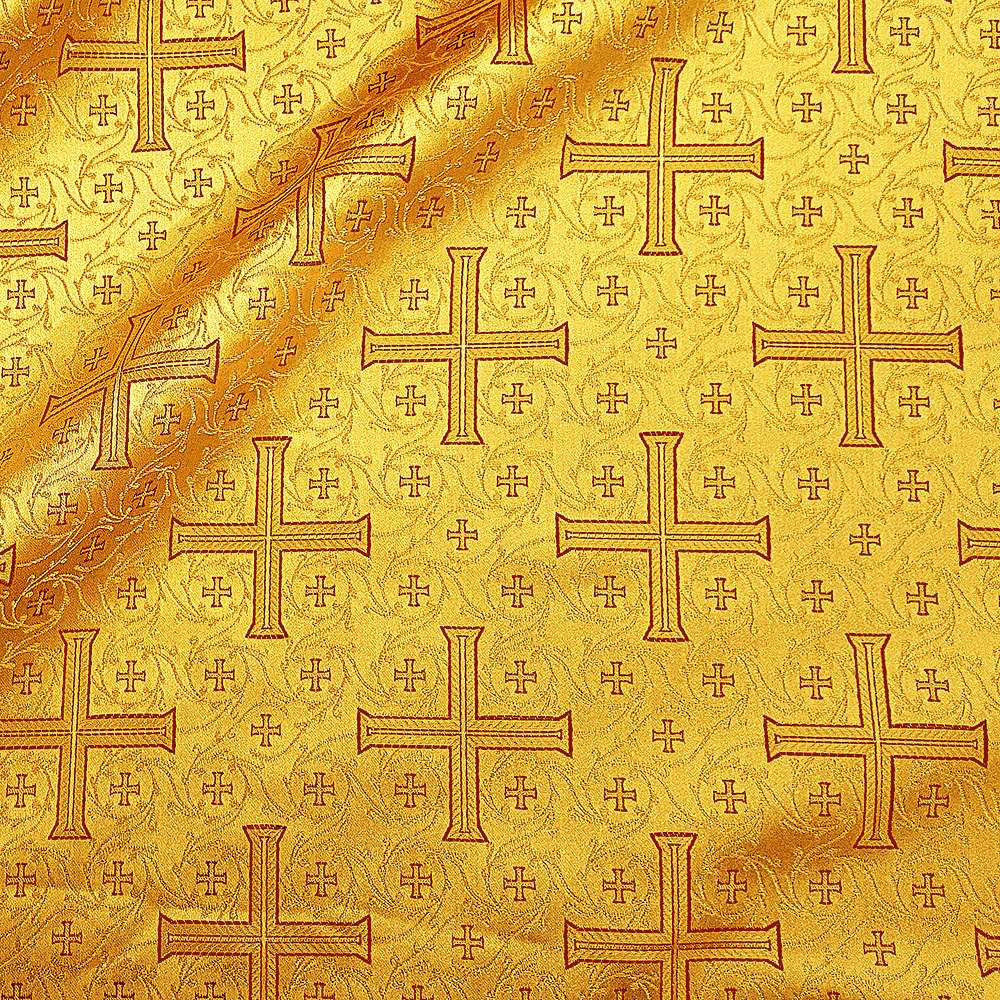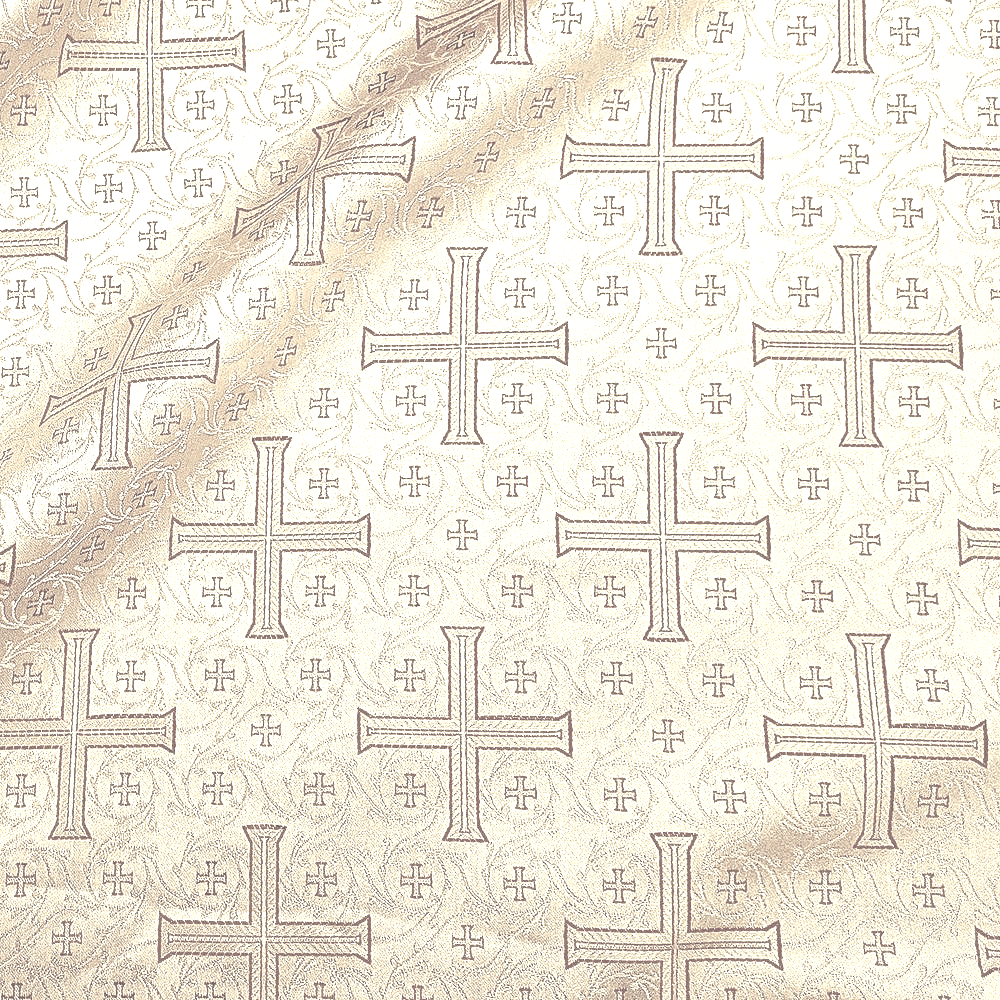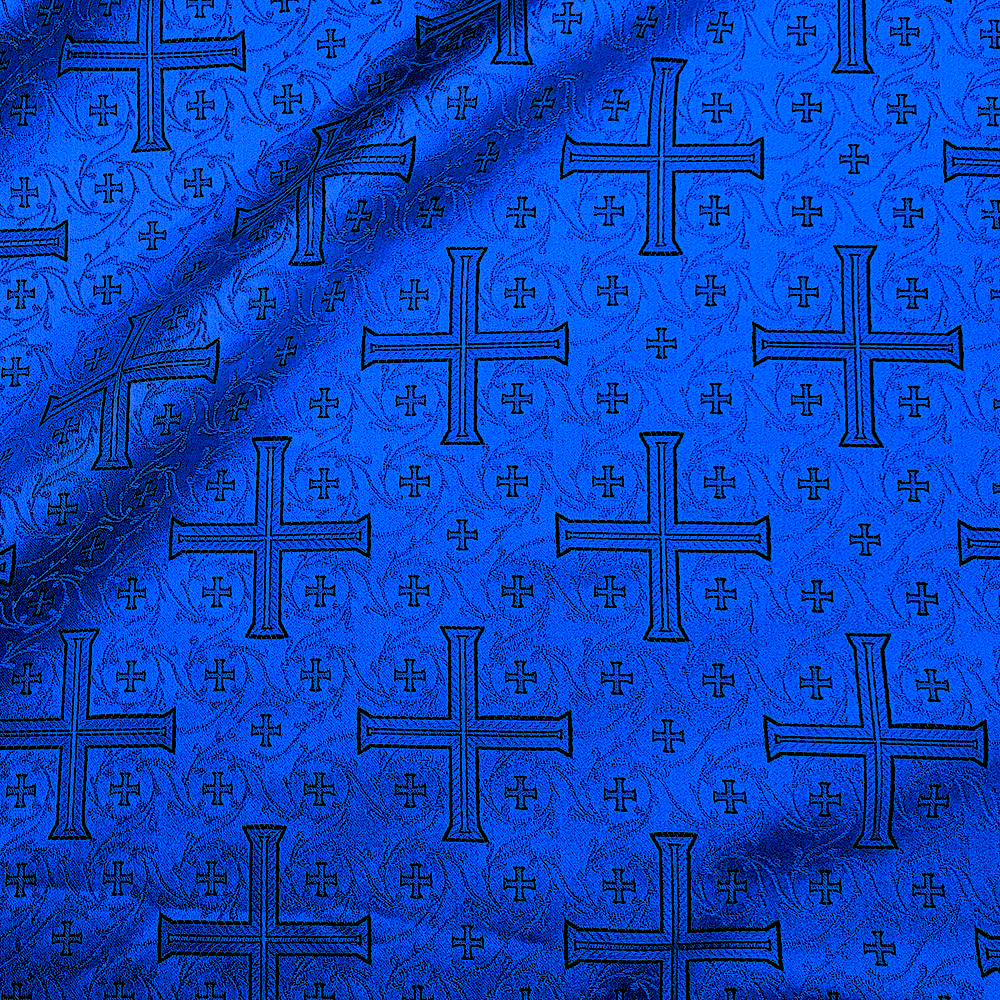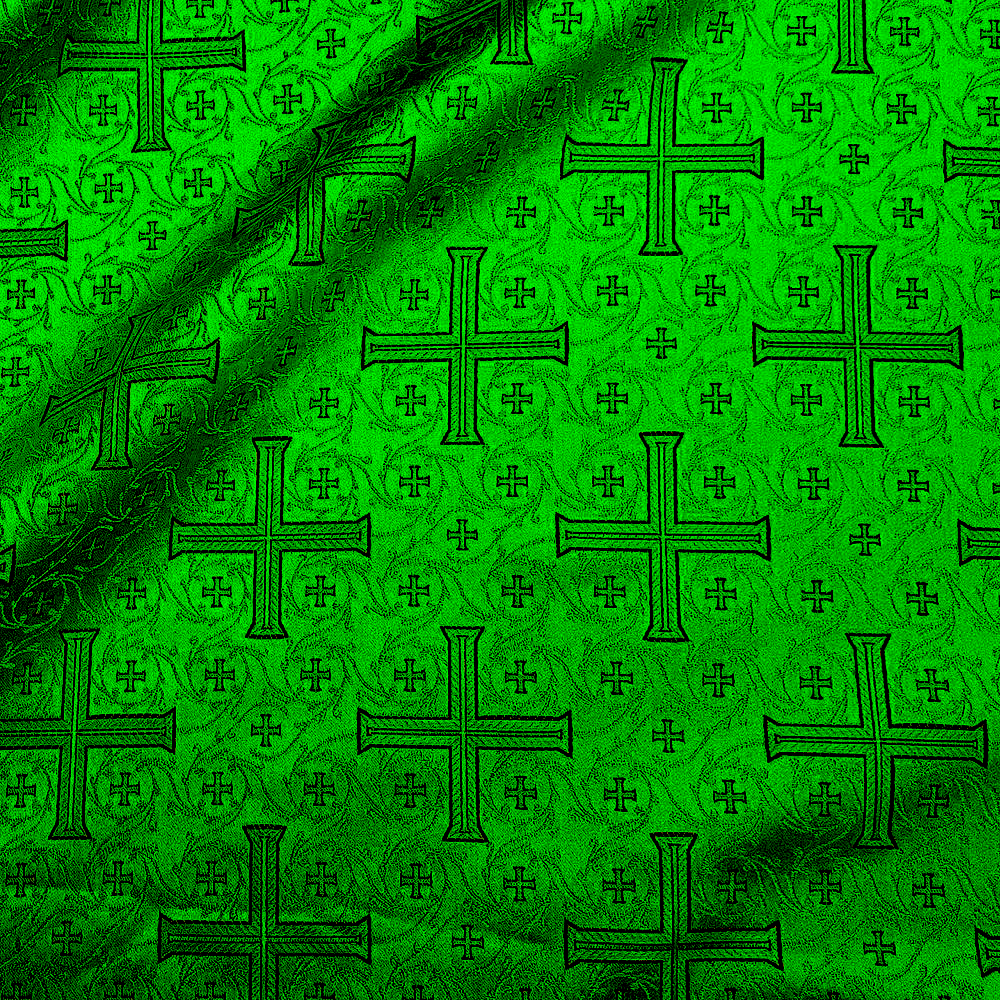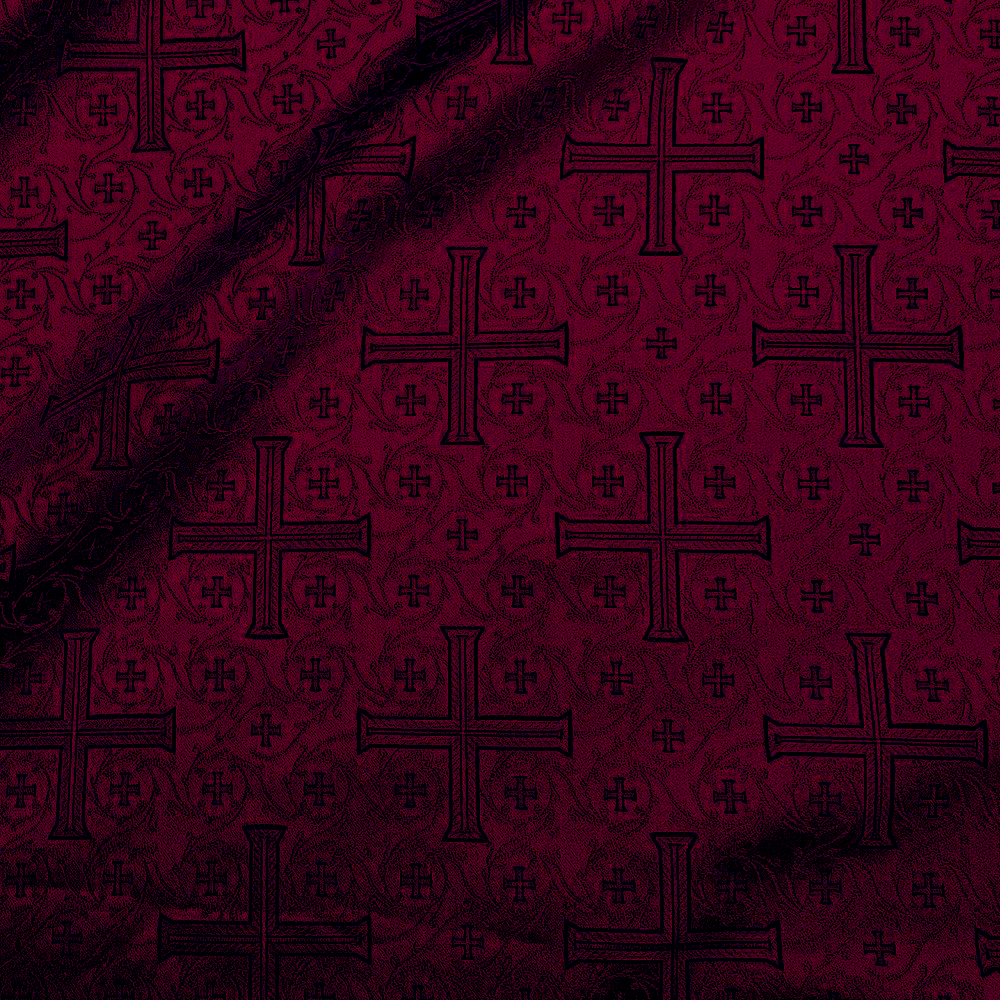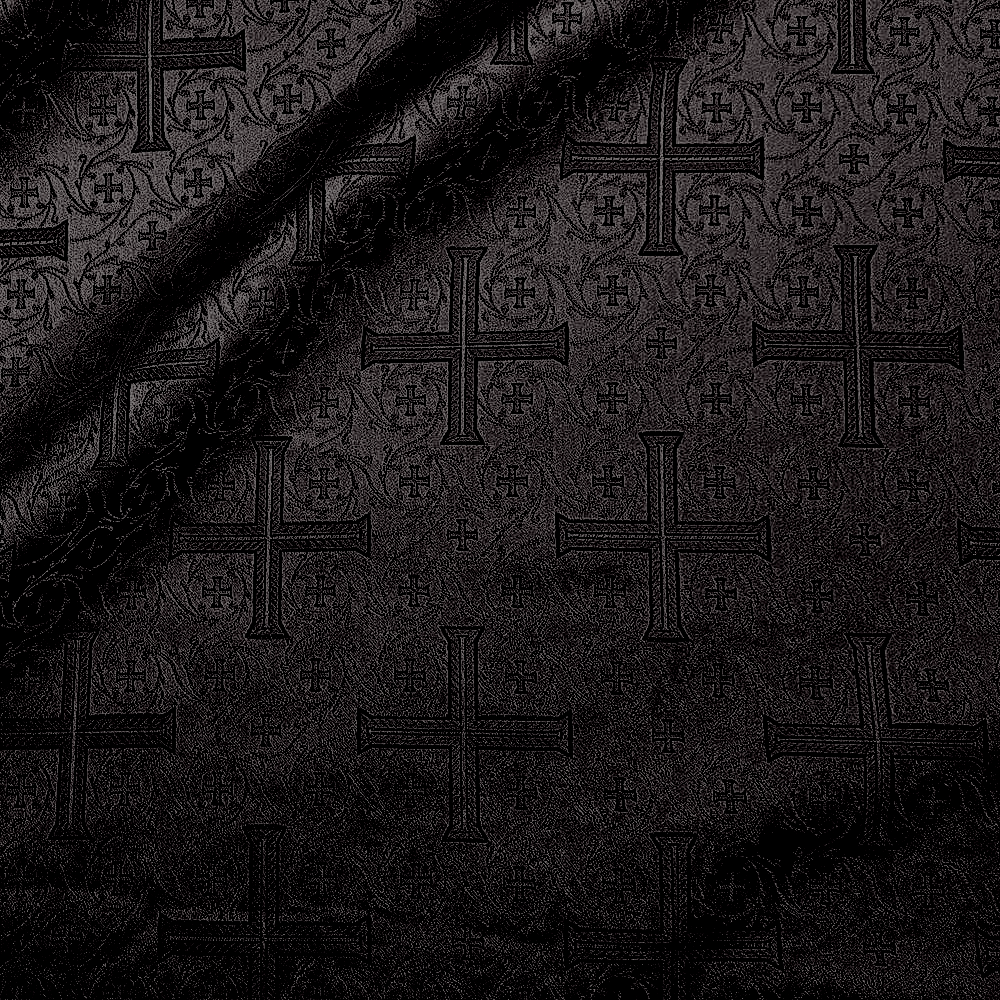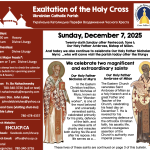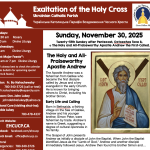From the Question Box
Vestment Colours: What and Why are they?
The Byzantine liturgical books the rubrics only describe 2 colours of vestments: Bright and Dark. Light colours are used for festive (happy) days, and dark colours are for penitential days of the Liturgical Calendar. But there are many colours worn by clergy that fit into those categories of bright and dark.
For an average day, Gold is worn. Gold is considered a bright colour. Sometimes you might notice that “Gold” can vary from fancy shiny metallic threads, to a simple yellow ochre colour. Since vestment cloth often has two colours, one for the cloth and the other for the ornamentation the variations can be nearly unlimited.
White and silver are used primarily on joyful feasts. These extra bright vestments are often worn on feasts such as Christmas (where the Light of the World enters the world), Transfiguration (where Christ appears in His Divine Brilliance on the Mountain) and Easter (where Christ brilliantly overcomes the darkness of Death).
Blue is a colour often associated with the Theotokos (Mother of God). This colour is often worn on bright feasts such as the Annunciation, Presentation into the Temple, and the Dormition. The lightness of the fabric varies from a very pastel blue to a rich royal blue, but they all typically are worn to honour the Ever Virgin.
Green is a colour that is worn only once a year during the feast of the Descent of the Holy Spirit. (Unless you are a Rough Rider fan.) As spring sunlight and warmth brings the plants to life around us they grow with vibrant green colours. Similarly we recognize that the Holy Spirit Who is given to dwell within us allows us, His Church, to mature and grow into communion with God. Like blue, green can be pastel or vibrant, but the meaning remains the same. In our parish’s case, we do not have any green vestments, so if you wish to see them, you might have to go to one of our neighbouring churches.
“Dark” vestments are typically Red, Burgundy or even Purple. These are used during fasting periods, especially during the Great Fast. They are often also worn by our church here in North America during funerals. This however is more of a local tradition as the books normally prescribe bright vestments for funerals, as we know that Christ is Risen, and therefore it is appropriate to wear bright colours to thank Him for salvation.
Feasts of the Cross of our Lord, or any time where we recall His passion, the darkest colour available is worn. This is true even on the Sunday of the Holy Cross (The Third Sunday of the Great Fast, which it happens to be on the day of this bulletin’s writing), and on the feast of the Exaltation of the Cross if it happens to fall on a Sunday. All other Sundays are days where the Resurrection is the primary theme and therefore bright vestments are prescribed.
Having said this, some clergy for pastoral reasons do wear dark vestments on the Sundays of the Fast to make a point to their parishioners that they are in the Great Fast season. This is because, sadly, the majority of parishioners do not attend services during the week, and therefore may not even realize that the season is a penitential one.
Although common 50 or more years ago, black vestments are seldom used today. They would be worn only on Good Friday, with a few clergy also wearing them for funerals. However since black in the “colour language” of the Church often refers to Sin or the absence of Christ, this tradition has mostly disappeared in our local churches.
Some clergy also have colourful vestments, with icons, floral patterns or geometric embroidery on them. These are normally bright vestments, but typically are very unique (and heavy) as most of them are hand made.
Thanks for the wonderful question. I look forward to your next one.

